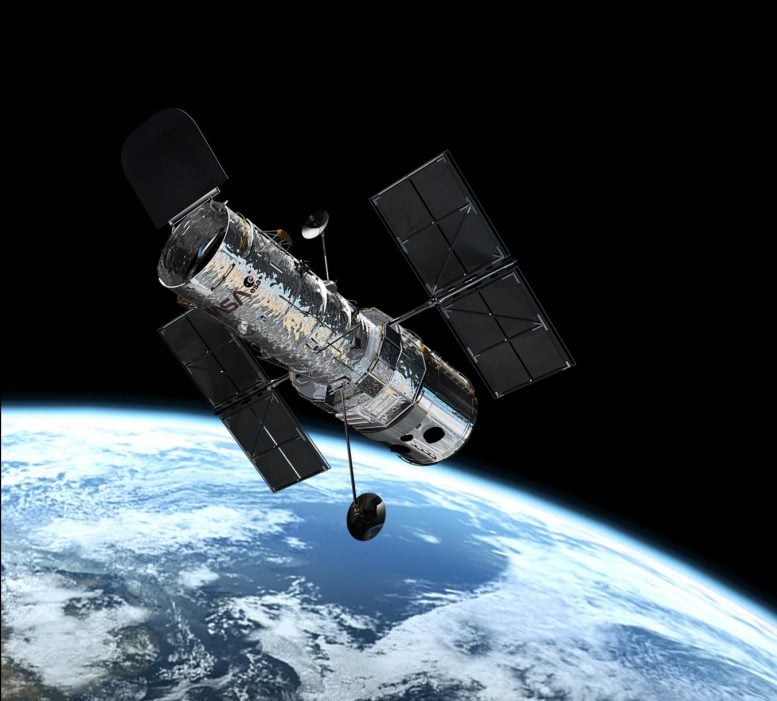
This illustration shows the NASA/ESA Hubble Space Telescope in its high orbit 600 kilometers above Earth. Credit: European Space Agency
Hubble explores the universe 24 hours a day, 7 days a week. That means it has observed some fascinating cosmic wonder every day of the year, including on your birthday.
What did Hubble look at on your birthday? Enter the month and date on the Hubble Birthday Site to find out!
Then share the results with your friends on social media using #Hubble30.
The Hubble Space Telescope was the first astronomical observatory to be placed into orbit around Earth with the ability to record images in wavelengths of light spanning from ultraviolet to near-infrared. Launched on April 24, 1990, aboard the Space Shuttle Discovery, Hubble is currently located about 340 miles (547 km) above Earth’s surface, where it completes 15 orbits per day — approximately one every 95 minutes. The satellite moves at the speed of about five miles (8 km) per second, fast enough to travel across the United States in about 10 minutes.
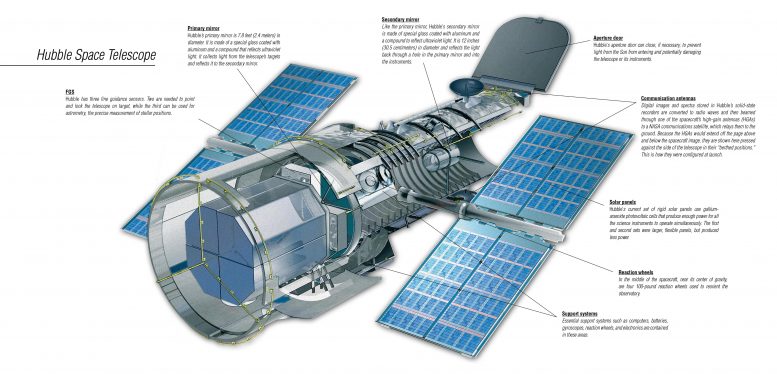
Cutaway diagram of the Hubble Space Telescope, with components labeled. Credit: NASA’s Goddard Space Flight Center
Hubble is 43.5 feet long (13.2 m) and 14 feet wide (4.2 m) at the back, where the scientific instruments are housed. Weighing about 27,000 pounds (12,246 kg), the telescope is approximately the same size and weight as a school bus. The observatory is powered by two solar arrays that convert sunlight into electrical energy that is stored in six large batteries. The batteries allow the observatory to operate during the shadowed portions of Hubble’s orbit when Earth blocks the satellite’s view of the Sun.
In the middle of the spacecraft, near its center of gravity, are four 100-pound (45 kg) reaction wheels used to reorient the observatory. Based upon Sir Isaac Newton’s Third Law of Motion — for every action there is an equal and opposite reaction — turning a reaction wheel in one direction causes Hubble to react by turning the opposite way. The satellite knows where and when it should turn based on a target schedule uploaded from the control center. Hubble’s main computer then calculates which wheels should slow and which ones spin faster to most efficiently maneuver the spacecraft to the new target.
Here are some Hubble pictures that have recently appeared on SciTechDaily.com:
- Credit: NASA, ESA/Hubble and the Hubble Heritage Team
- Credit: ESA/Hubble & NASA, J. Greene
- Credit: ESA/Hubble & NASA, D. Leonard
- Credit: ESA/Hubble & NASA, I. Karachentsev
- Credit: ESA/Hubble & NASA, I. Karachentsev
- Galaxy NGC 4237, located about 60 million light-years from Earth in the constellation of Coma Berenices (Berenice’s Hair). Credit: ESA/Hubble & NASA, P. Erwin et al.
- Credit: ESA/Hubble & NASA
- The barred spiral galaxy NGC 3887, seen here as viewed by the Wide Field Camera 3 aboard the NASA/ESA Hubble Space Telescope, lies over 60 million light-years away from us in the southern constellation of Crater (The Cup). Credit: ESA/Hubble & NASA, P. Erwin et al.
- Galaxy NGC 691, an archetypal spiral galaxy, was captured by the Hubble Space Telescope. ESA/Hubble & NASA, A. Riess et al.
- Credit: ESA/Hubble & NASA
- The spiral galaxy NGC 2008, located about 425 million light-years from Earth in the constellation of Pictor (The Painter’s Easel). Credit: ESA/Hubble & NASA, A. Bellini
- Galaxy NGC 5364 Credit: ESA/Hubble & NASA, L. Ho, P. Erwin et al.
- The galaxy depicted in this Picture of the Week is a barred spiral known as NGC 7541, seen here as viewed by the NASA/ESA Hubble Space Telescope, in the constellation of Pisces (The Fishes). Credit: ESA/Hubble & NASA, A. Riess et al.
- Credit: ESA/Hubble & NASA, A. Seth
- Credit: ESA/Hubble & NASA, A. Seth
- A galaxy named NGC 1803 as observed by the NASA/ESA Hubble Space Telescope Credit: ESA/Hubble & NASA, A. Bellini et al.
- Galaxy NGC 2770. Credit: ESA/Hubble & NASA, A. Filippenko
- Spiral galaxy named NGC 4455. Credit: ESA/Hubble & NASA, I. Karachentsev et al.
- Galaxy NGC 3175. Credit: ESA/Hubble & NASA, D. Rosario et al.
- Galaxy NGC 5468. Credit: ESA/Hubble & NASA, W. Li et al.
- The shape and structure of this Spiral galaxy are plainly visible thanks to this perspective. Galaxy NGC 3147 galaxy is relatively close by, at a distance of roughly 130 million light-years, and can be found in the constellation of Draco (The Dragon). Credit: ESA/Hubble & NASA, A. Riess et al.
- This image from the NASA/ESA Hubble Space Telescope reveals an ancient, glimmering ball of stars called NGC 1466. It is a globular cluster — a gathering of stars all held together by gravity — that is slowly moving through space on the outskirts of the Large Magellanic Cloud, one of our closest galactic neighbours. NGC 1466 certainly is one for extremes. It has a mass equivalent to roughly 140 000 Suns and an age of around 13.1 billion years, making it almost as old as the Universe itself. This fossil-like relic from the early Universe lies some 160 000 light-years away from us. NGC 1466 is one of the 5 clusters in the LMC in which the level of dynamical evolution (or “dynamical age”) was measured. Credit: ESA/Hubble & NASA
- NGC 5307, a planetary nebula that lies about 10,000 light-years from Earth. Credit: ESA/Hubble & NASA, R. Wade et al.
- Credit: ESA/Hubble & NASA, R. Wade et al.

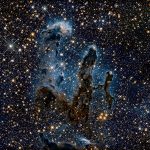
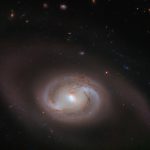
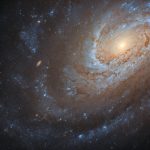
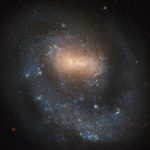
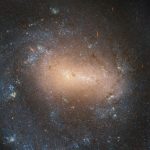

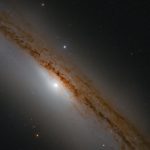
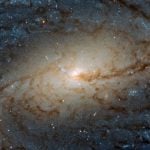
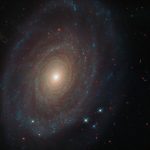
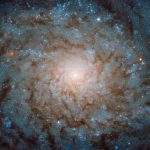
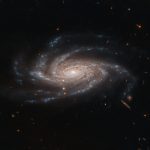



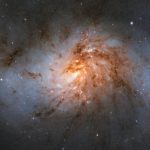
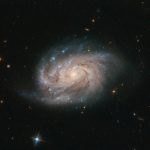
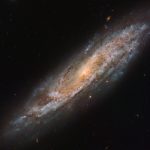
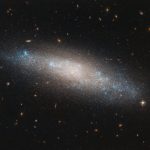
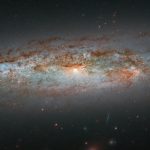
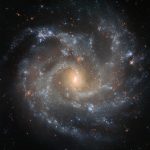
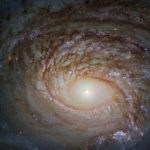
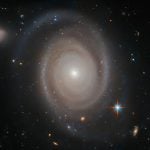
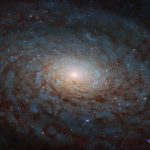
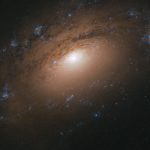
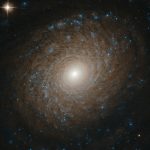
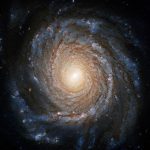
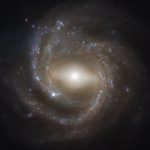
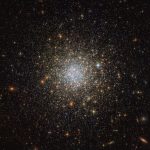
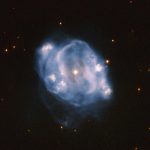
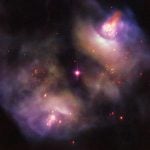
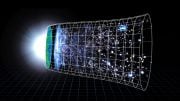
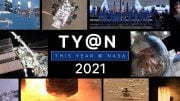
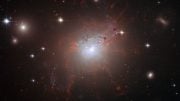
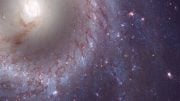
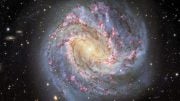
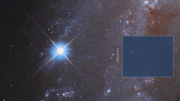
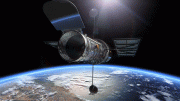
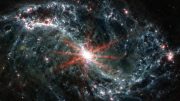
Thank you for this valuable information and great photos